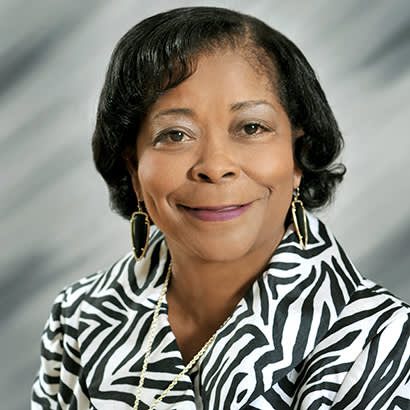
For an enhanced digital experience, read this story in the ezine.
In my April column, I stated: “Park and recreation professionals are at the core of transformation that is helping to build a healthier, more resilient future.” We transform communities by acting as Community Wellness Hubs by providing trusted places for each member of the community to connect to essential programs, services and spaces that advance health equity.
At the core of our health and wellness work is equity. In the feature article, titled “Community Wellness Hubs in Practice,” authors Allison Colman, Maureen Neumann and Liliana Ruiz Fischer write, “Community Wellness Hubs are grounded in a recognition of unfair systems — including practices, policies, norms, relationships, power structures and environments — and how these systems have primarily benefited dominant social groups while burdening others who have been disenfranchised by those with power, privilege and social status. To advance health equity, Community Wellness Hubs must be developed by and with the people most impacted by inequity, and they must focus on systems change approaches, including changing practices, policies, power structures, norms and environments to achieve transformational change.”
Thanks to NRPA research, we know that many park and recreation agencies across the country already are serving as public health leaders by implementing these practices. According to NRPA’s 2021 Parks and Recreation: Advancing Community Health and Well-Being report, nine in 10 park and recreation agencies take specific actions to ensure their health and wellness programs and services promote health equity. Additionally, more than half of all park and recreation agencies have specific initiatives in place to support community engagement to build trust and ensure equitable representation.
Another concept that is addressed within the pages of this issue is that of blue zones — places where people have proven to live longer due to the implementation of holistic health and wellness practices. These communities show us that health and well-being are a culmination of many different aspects of wellness, including physical fitness, nutrition, sense of purpose, social connectedness, mindfulness and more. In order to cultivate truly healthy communities, we must advance all the various facets of health for all community members. In what ways is your agency cultivating health and well-being in your community? What resources and partnerships could your agency leverage to advance new aspects of health or bring greater wellness benefits to your community? What new stakeholders can you engage to ensure the programs and policies you promote are the right fit for your community?
By taking a holistic approach to health and wellness and leveraging our myriad resources and connections, we can create happier and healthier communities by acting as an integral part of our local public health systems to advance equitable health and wellness solutions.
Carolyn F. McKnight-Fredd, Chair, NRPA Board of Directors

